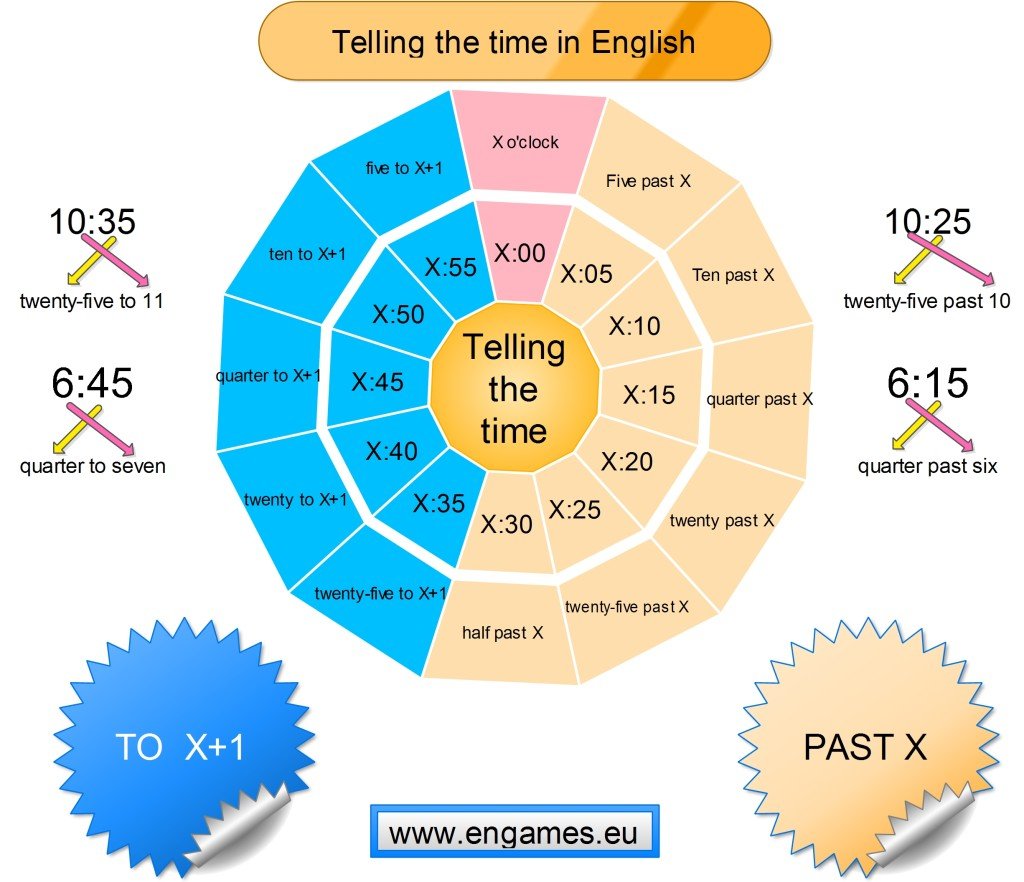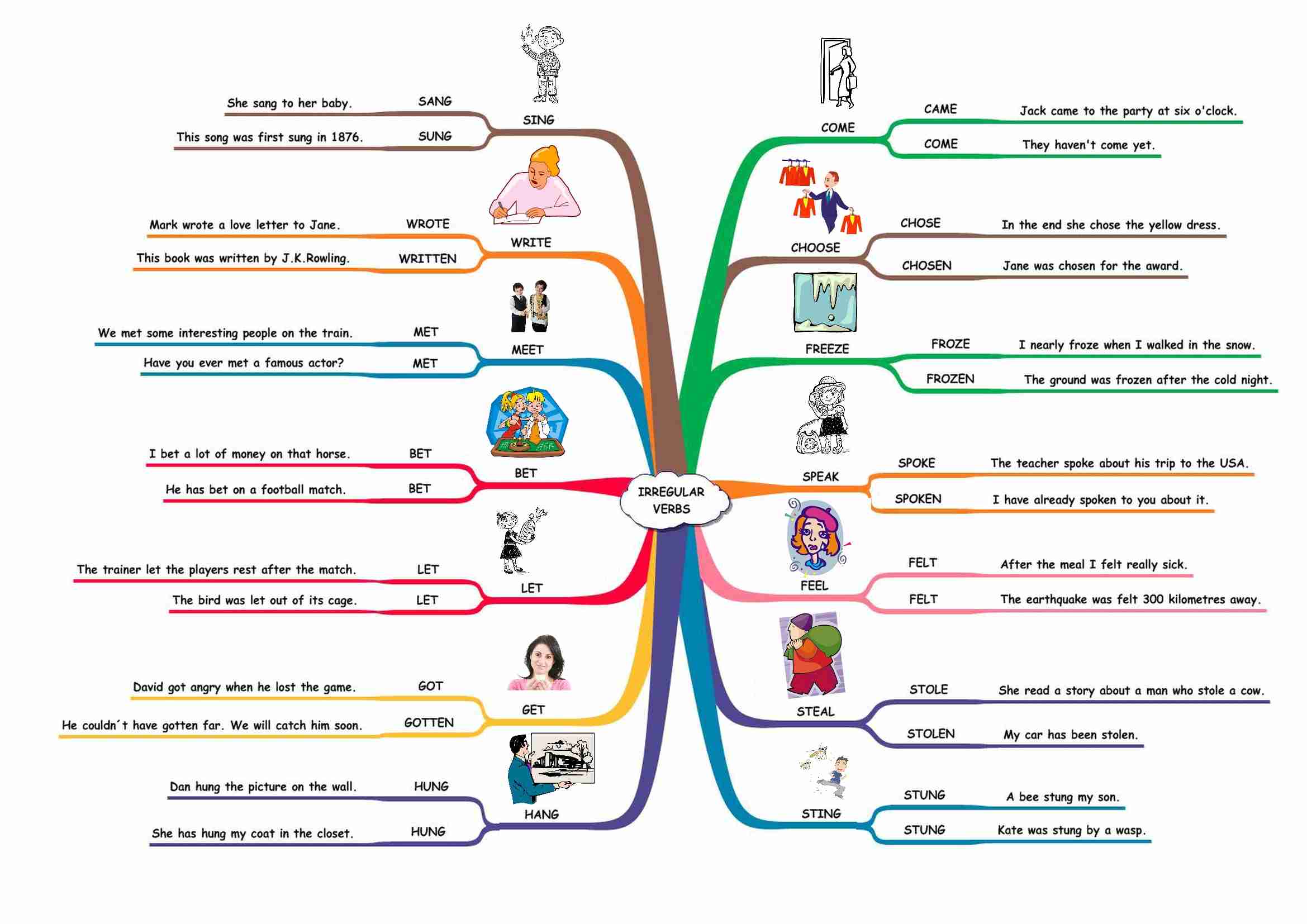How to Teach Telling Time in English
“Sir, can you tell me what the time is?” one of my students asks me.
“There is the clock,” I answer and point to the clock on the wall near us.
“Yes, I know, but could you tell me the time?”
I grow a bit impatient. “It’s half past nine,” I try to finish the conversation quickly. I am not really sure if the student is trying to irritate me.
“Thank you, sir, but can you tell me digitally?” he asks quietly and unhappily. Obviously this is no prank.
“It’s nine thirty,” I reply and the student leaves happy.
Unfortunately, this has not happened just once. It happens every three months at the school where I teach. So I decided to design a set of materials to really teach telling time. Here you can find all the materials which I use and in the comments, you can share your ideas about them and what could be done better. Thank you!!!
[showmyads]Introduction to telling time
When I teach telling time, I start with the following video:
The video consists of several parts. At the beginning, students learn the minutes. Then there is a section where the students practise the minutes (it starts at 2:22).
At the time 3:15, you will find the explanation of how to tell the time using the digital clocks. You can practise the digital time at 4:02.
The explanation of analogue clocks comes at 5:04. And you can practise all the times at 5:51.
In my lessons, I play this video twice.
My Explanation
The video can be a bit too quick for some students and that is why I always add my own explanation.
I print the following infographic and give it to all students. Once they have it, I display it on the board and explain.

Once, I believe that my students comprehend the digital time, I play the bingo game with them. Each student gets one card with the times and I explain that the winner will be the one who has two columns first. Then students take turns, choose any time they like and read it. The others listen and cross it out if they find it on their cards.
It is extremely important for the teacher to write down all the times he/she hears to be able to check the winner.
Another activity which is very useful is the following pair dictation. Each student gets their card. They dictate the times they see and write the times their partner dictates.
Analogue time
After that, I explain the analogue time using the following video. I use the same explanation as in the video above.
Then I play the video again and the students have to tell the time before they see the correct answer.
And that’s it. I just play the first video again and now I hope that my students actively say the correct answers before they see them and hear them.






